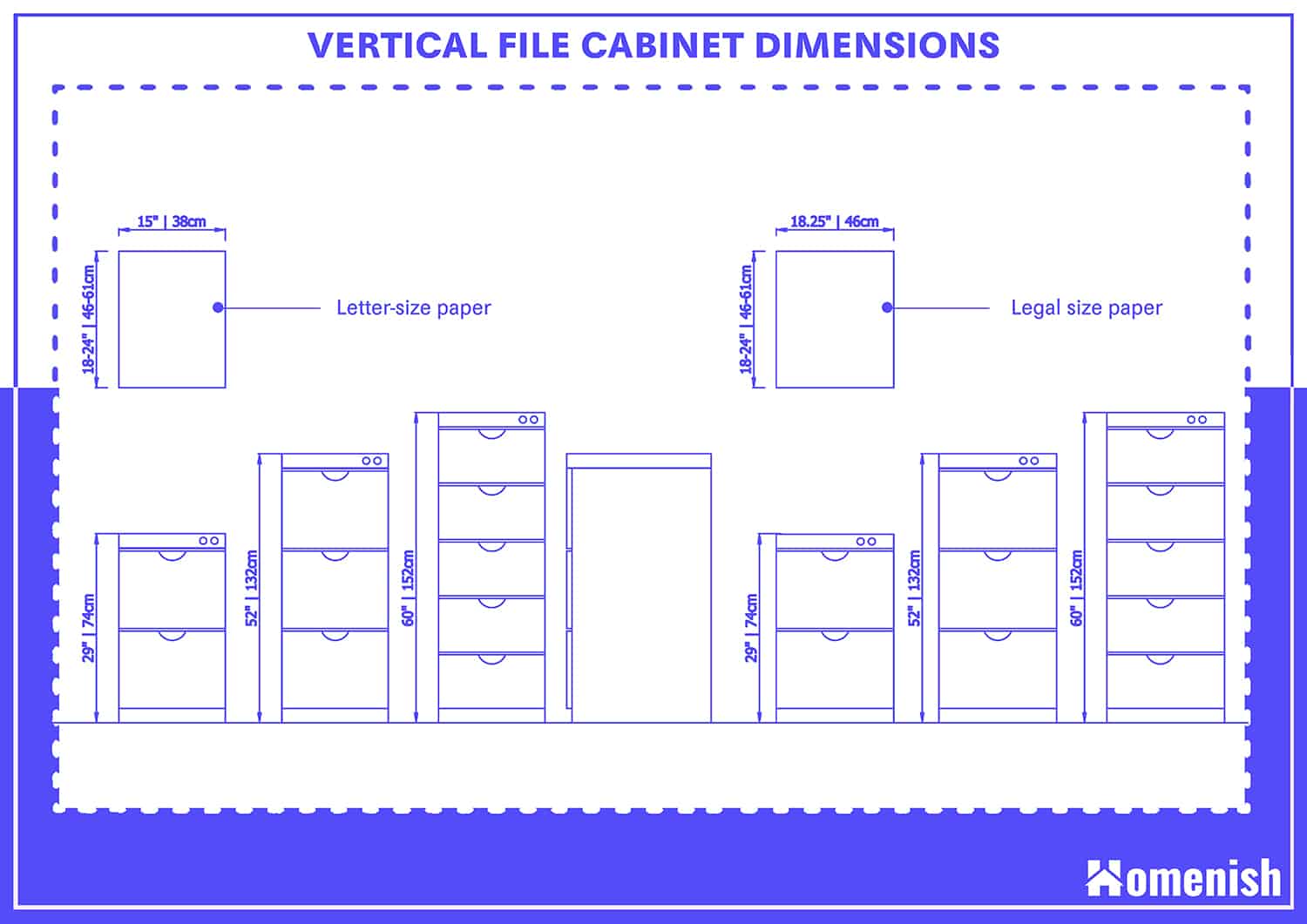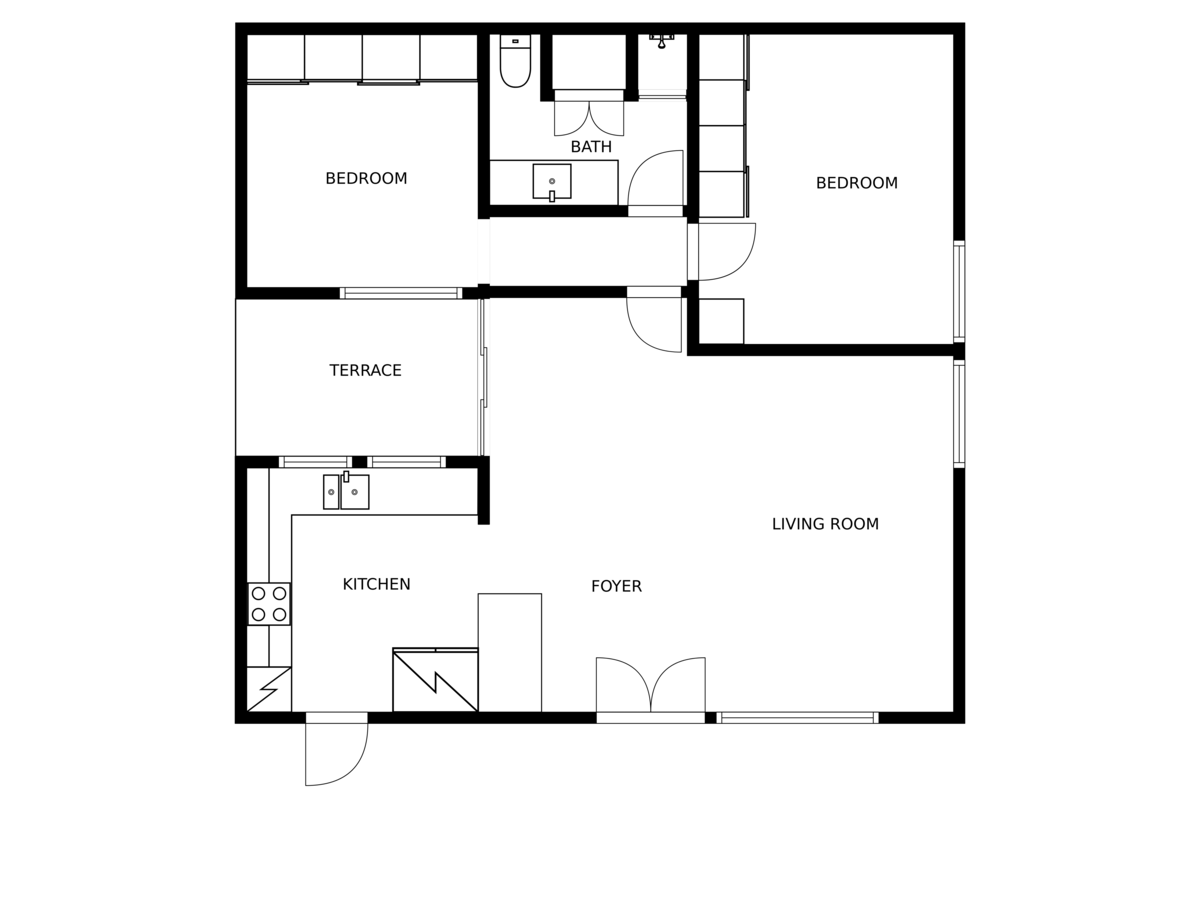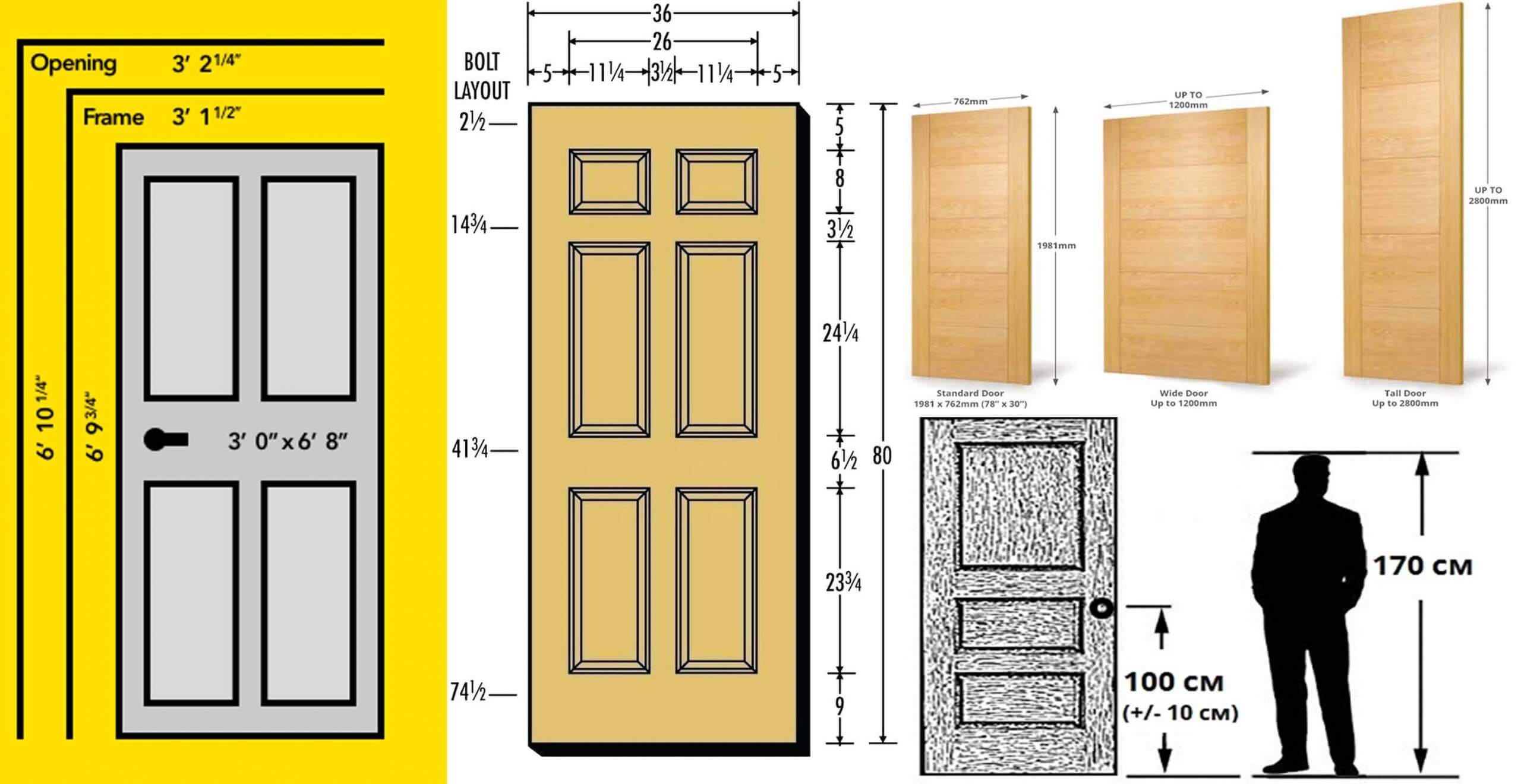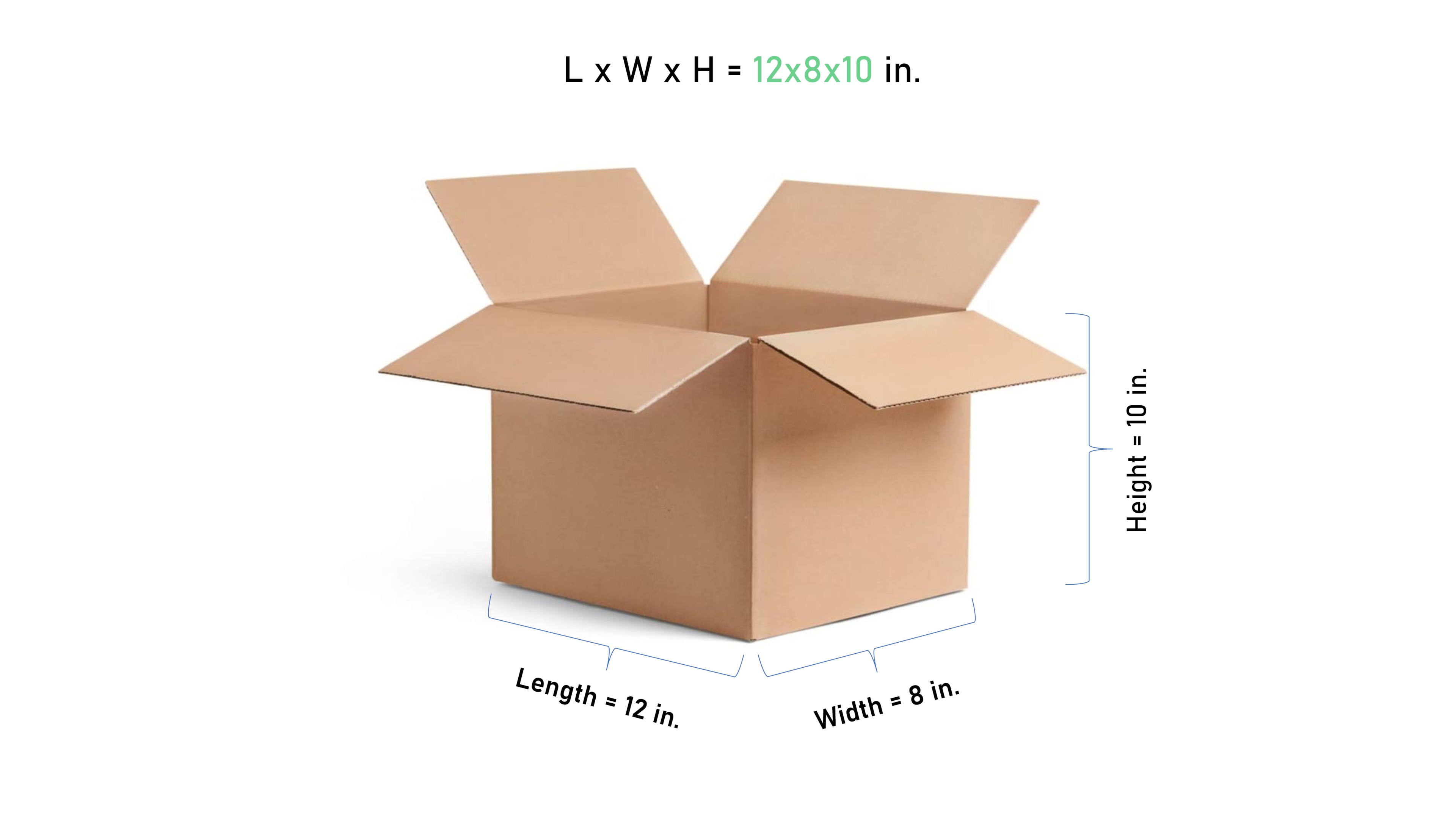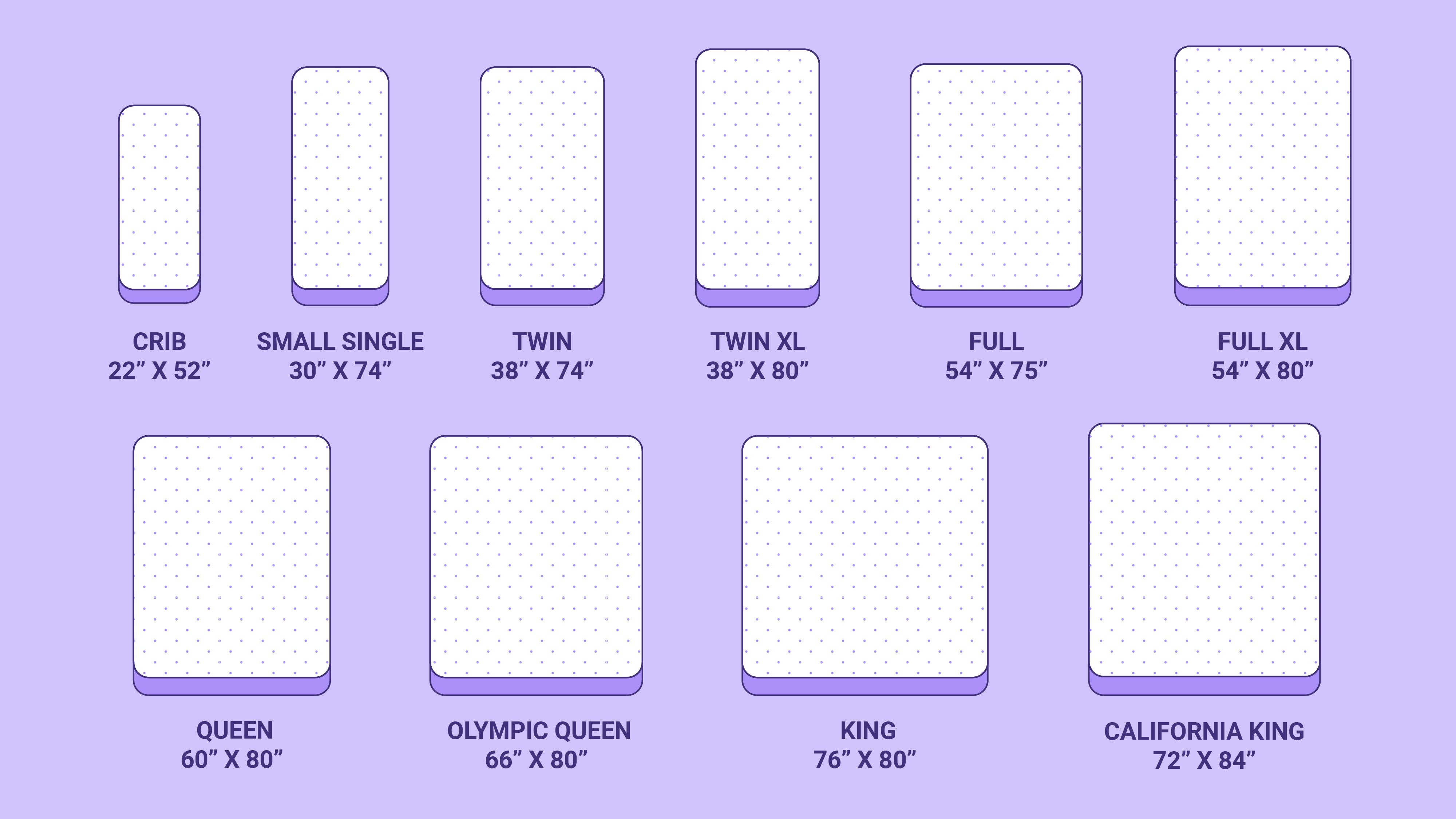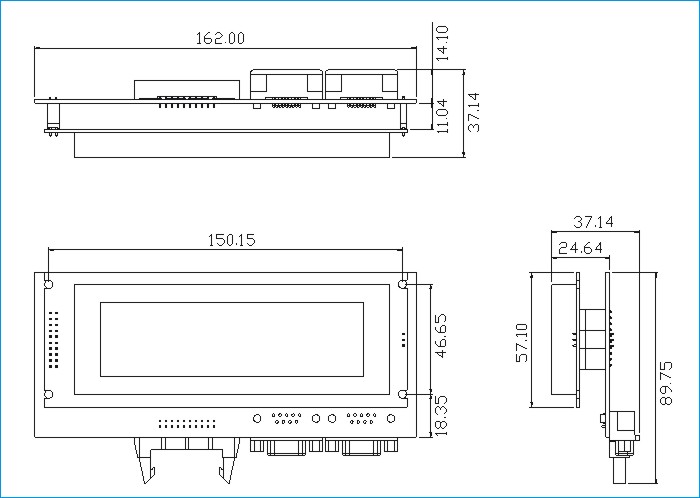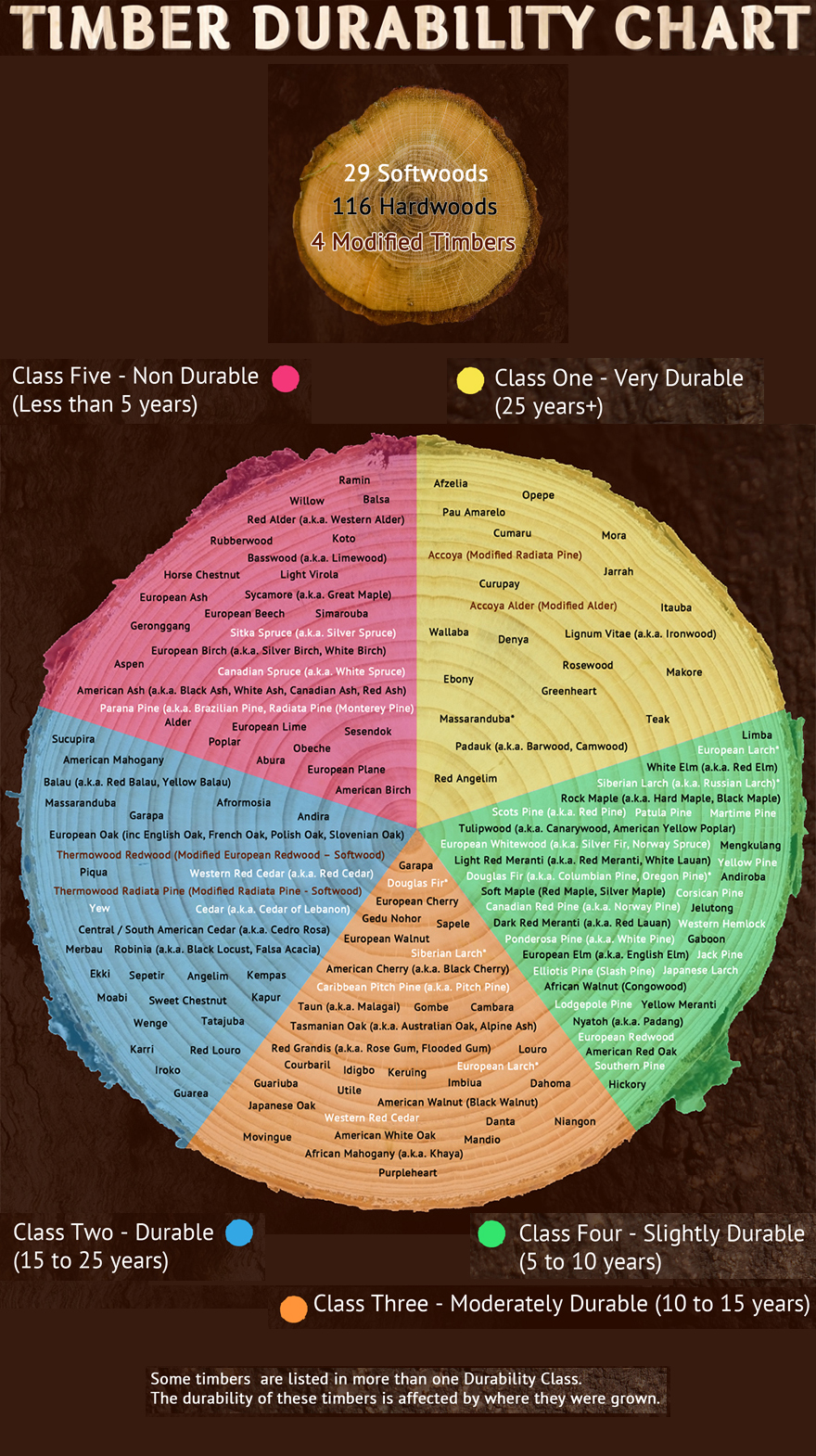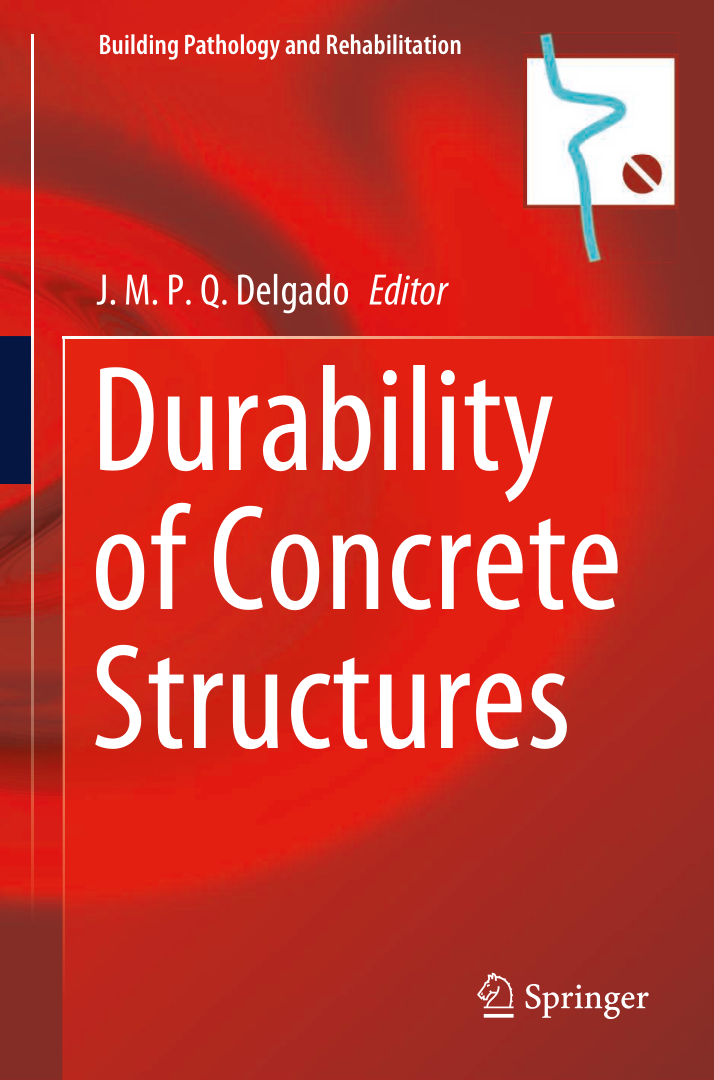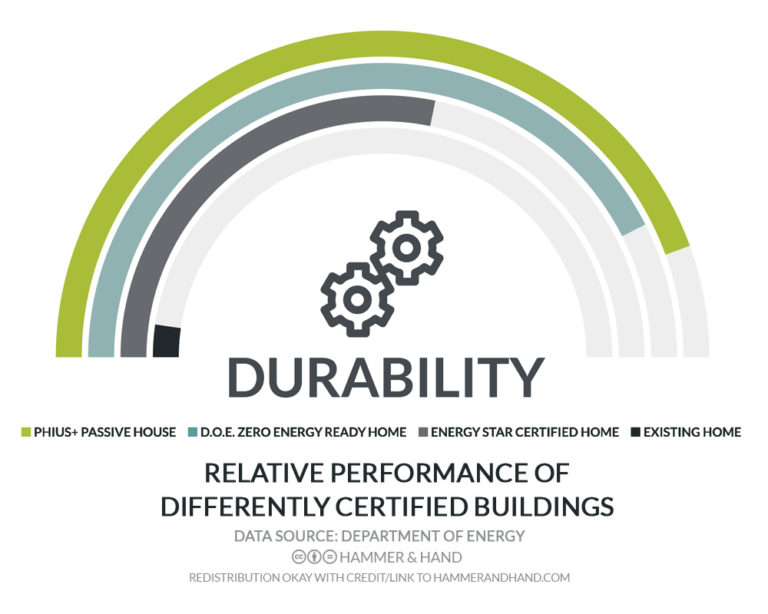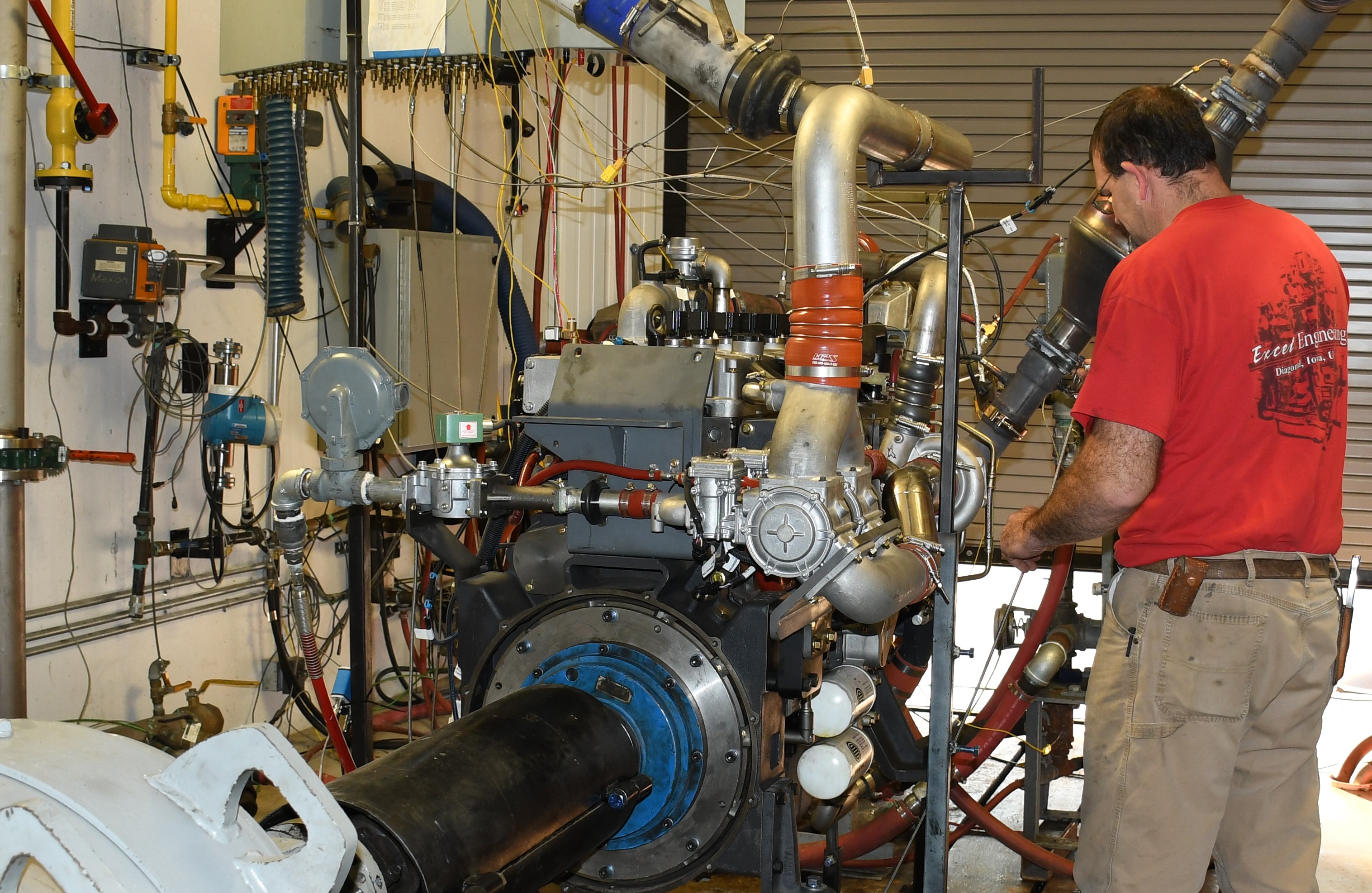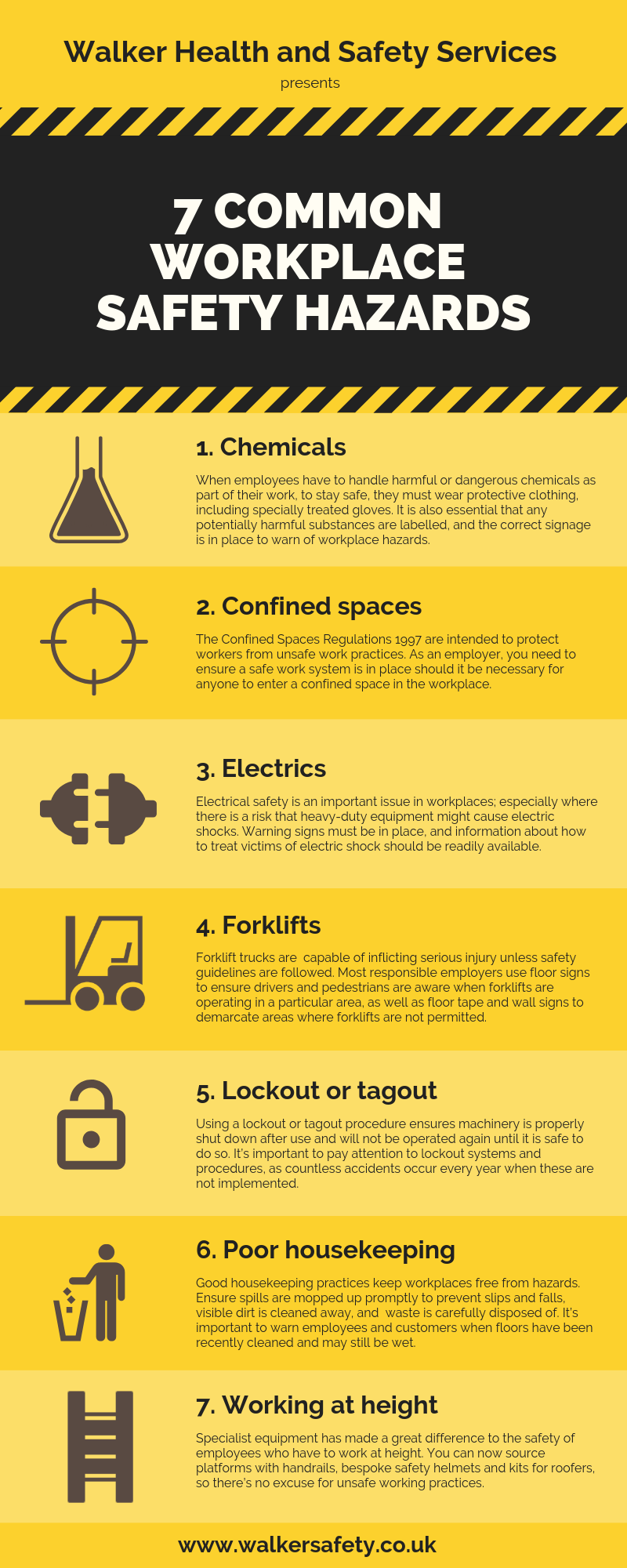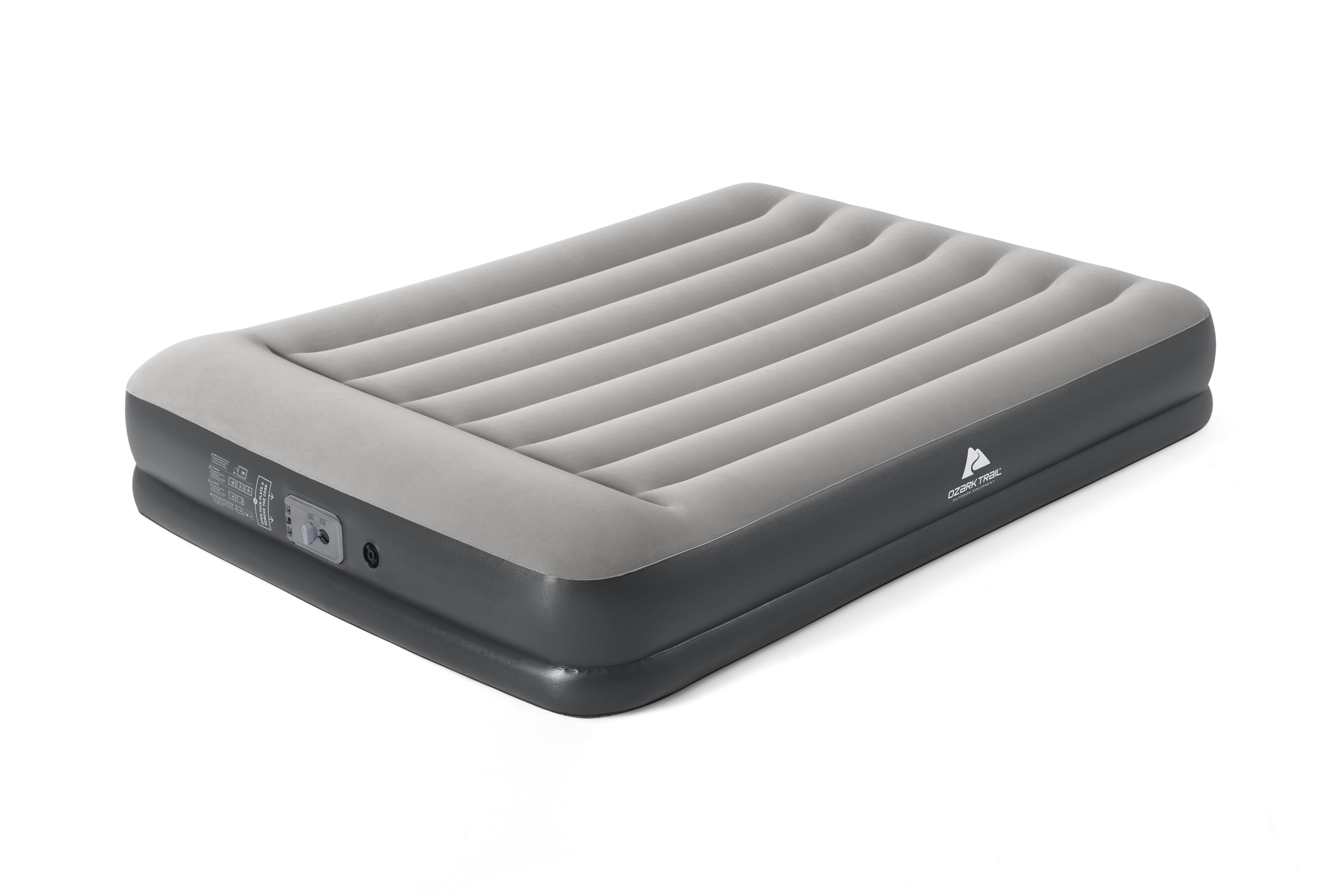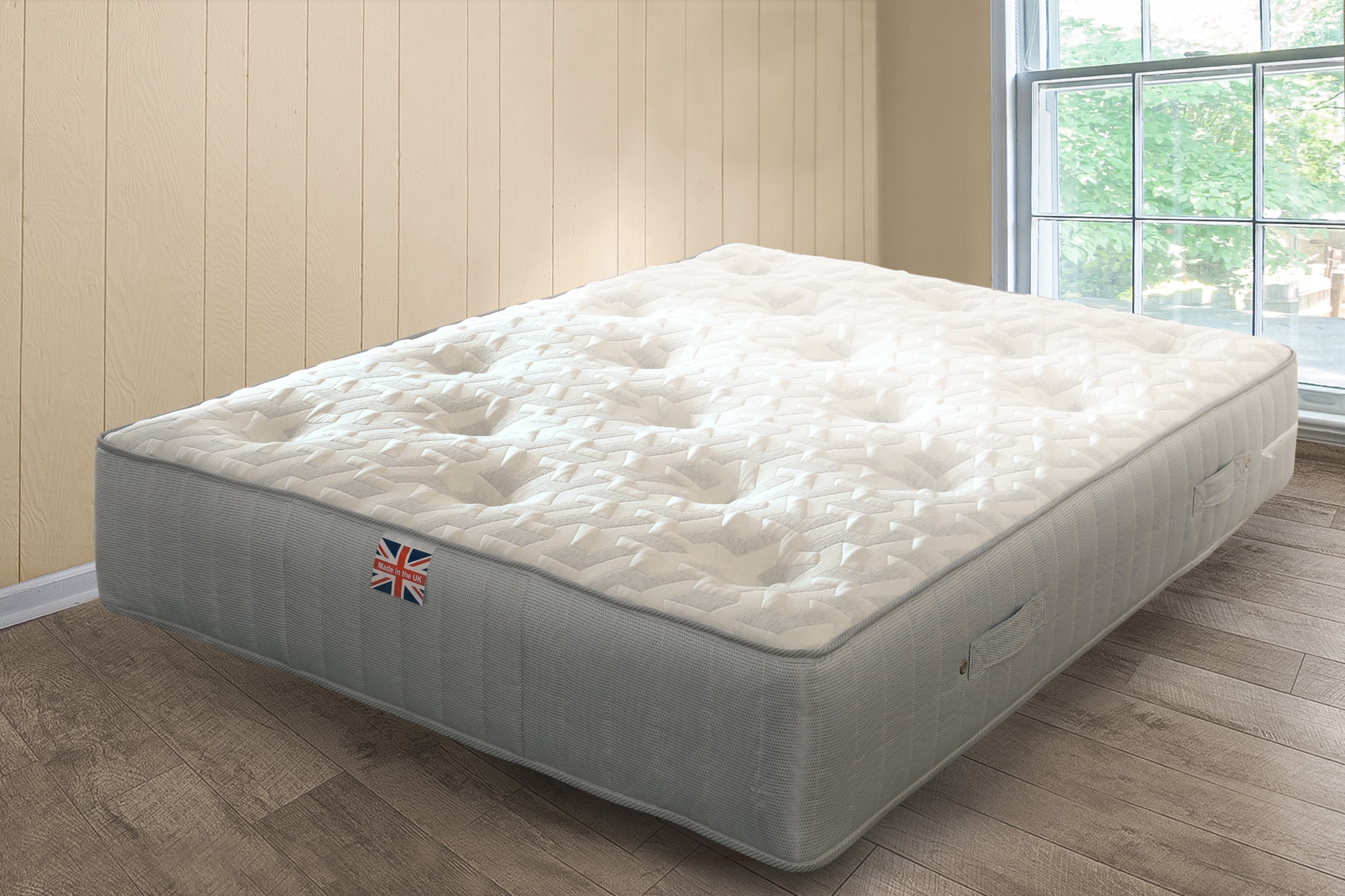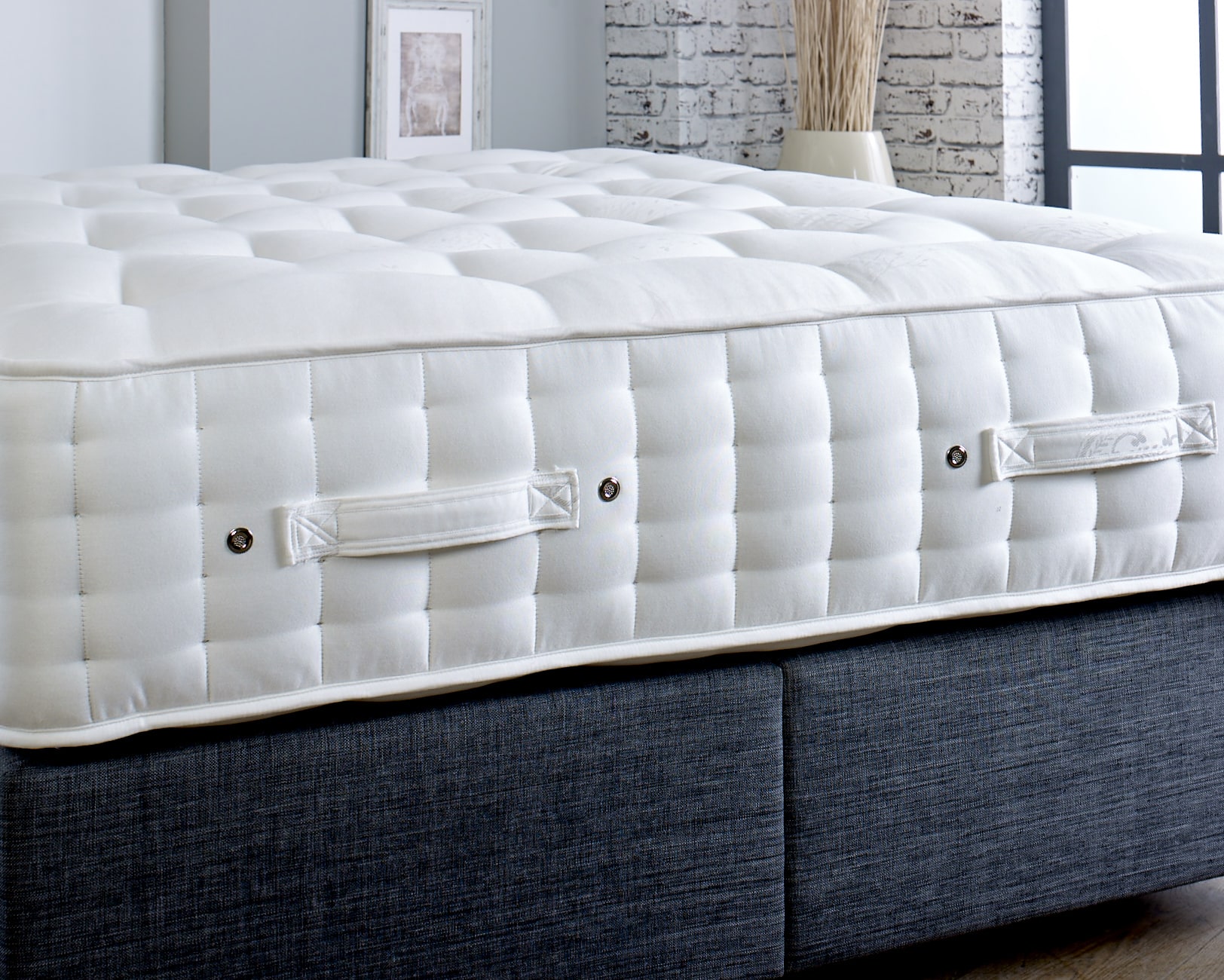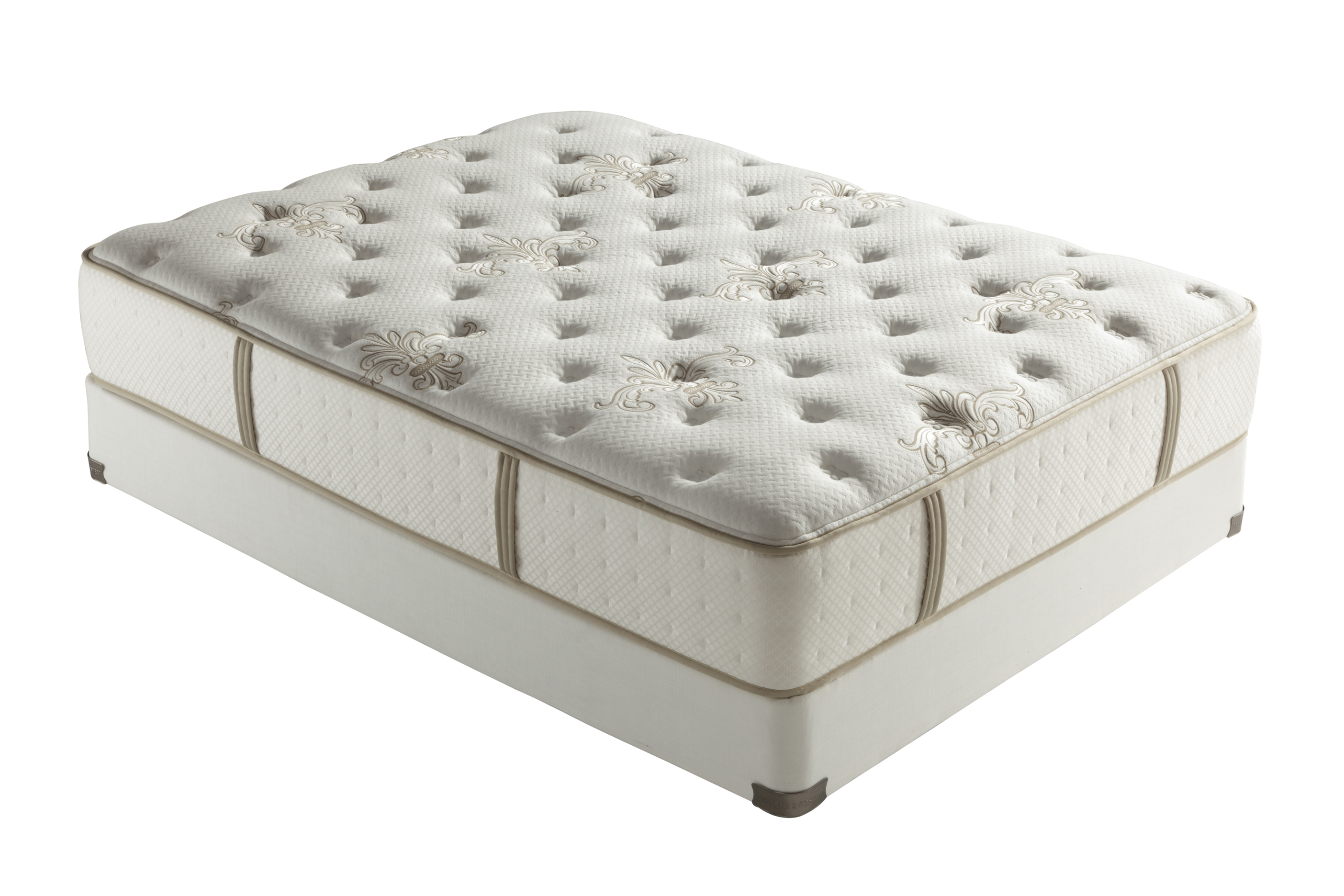One of the main differences between a crib and a twin mattress is the size. A crib mattress is specifically designed to fit into a crib, which is typically smaller than a twin bed. Crib mattresses are usually around 27 inches wide and 52 inches long, while twin mattresses are around 38 inches wide and 75 inches long. This means that a crib mattress is smaller and can only accommodate a younger child, while a twin mattress can accommodate a child of any age.Size
The materials used in crib and twin mattresses also differ. Crib mattresses are often made with materials that are safe for infants, such as organic cotton, bamboo, or foam with low volatile organic compound (VOC) emissions. On the other hand, twin mattresses can be made with a wider variety of materials, including innerspring, memory foam, and latex. This means that twin mattresses may offer more options for comfort and support, but parents should be mindful of any potential allergens or toxins in the materials.Materials
As mentioned earlier, the age range for a crib mattress is limited to infants and young toddlers. Once a child starts to outgrow the crib, it's time to transition to a twin mattress. A twin mattress can accommodate children of all ages, from young children to teenagers. This makes twin mattresses a more versatile option for parents who don't want to keep buying new mattresses as their child grows.Age Range
The price of a crib mattress and a twin mattress can vary significantly. Crib mattresses tend to be more affordable, with prices ranging from $50 to $200. This is because they are smaller in size and often made with simpler materials. On the other hand, twin mattresses can range from $100 to $1000 or more, depending on the brand, material, and features. For parents on a budget, a crib mattress may be a more practical option.Price
Another difference between crib and twin mattresses is their portability. Crib mattresses are designed to fit snugly into a crib and are not meant to be moved around frequently. This can be inconvenient for parents who may want to travel with their child or have a portable sleeping option for their child. Twin mattresses, on the other hand, are much easier to transport and can be placed on a bed frame or even on the floor if needed.Portability
When it comes to support, both crib and twin mattresses have different characteristics. Crib mattresses are designed to provide firm support for a developing baby's spine and help prevent suffocation or SIDS (sudden infant death syndrome). Twin mattresses, on the other hand, come in a variety of firmness options and can provide support for children of all ages. This means that parents can choose a twin mattress that is best suited for their child's specific needs.Support
Crib mattresses have a single purpose - to provide a safe and comfortable sleeping space for infants and young toddlers. On the other hand, twin mattresses have a wider range of uses. They can be used for sleeping, playing, reading, and even as a guest bed for older children or adults. This versatility makes twin mattresses a better long-term investment.Uses
We've already mentioned the size differences between crib and twin mattresses, but the dimensions also play a role in their differences. Crib mattresses are typically around 5 inches thick, while twin mattresses can range from 6 to 14 inches in thickness. This means that twin mattresses can provide more cushioning and support for growing bodies, while crib mattresses are designed to be firm and supportive for infants.Dimensions
When it comes to durability, twin mattresses are typically more long-lasting than crib mattresses. This is because they are made with sturdier materials and are meant to support the weight of a growing child. Crib mattresses, on the other hand, may need to be replaced after a few years as the child outgrows the crib and the mattress starts to show signs of wear and tear.Durability
Safety is a top priority for any parent, and it's important to consider when choosing between a crib and a twin mattress. Crib mattresses are designed with safety in mind, with features such as firm support, breathable materials, and waterproof covers. Twin mattresses, on the other hand, may not have these safety features and may require additional safety precautions, such as bed rails, especially for younger children.Safety
The Difference Between Crib and Twin Mattresses

Choosing the right mattress for your child's bedroom can be a daunting task, especially when faced with the decision between a crib and a twin mattress. While both options may seem similar, there are some key differences that can influence your decision. Let's take a closer look at the differences between crib and twin mattresses.
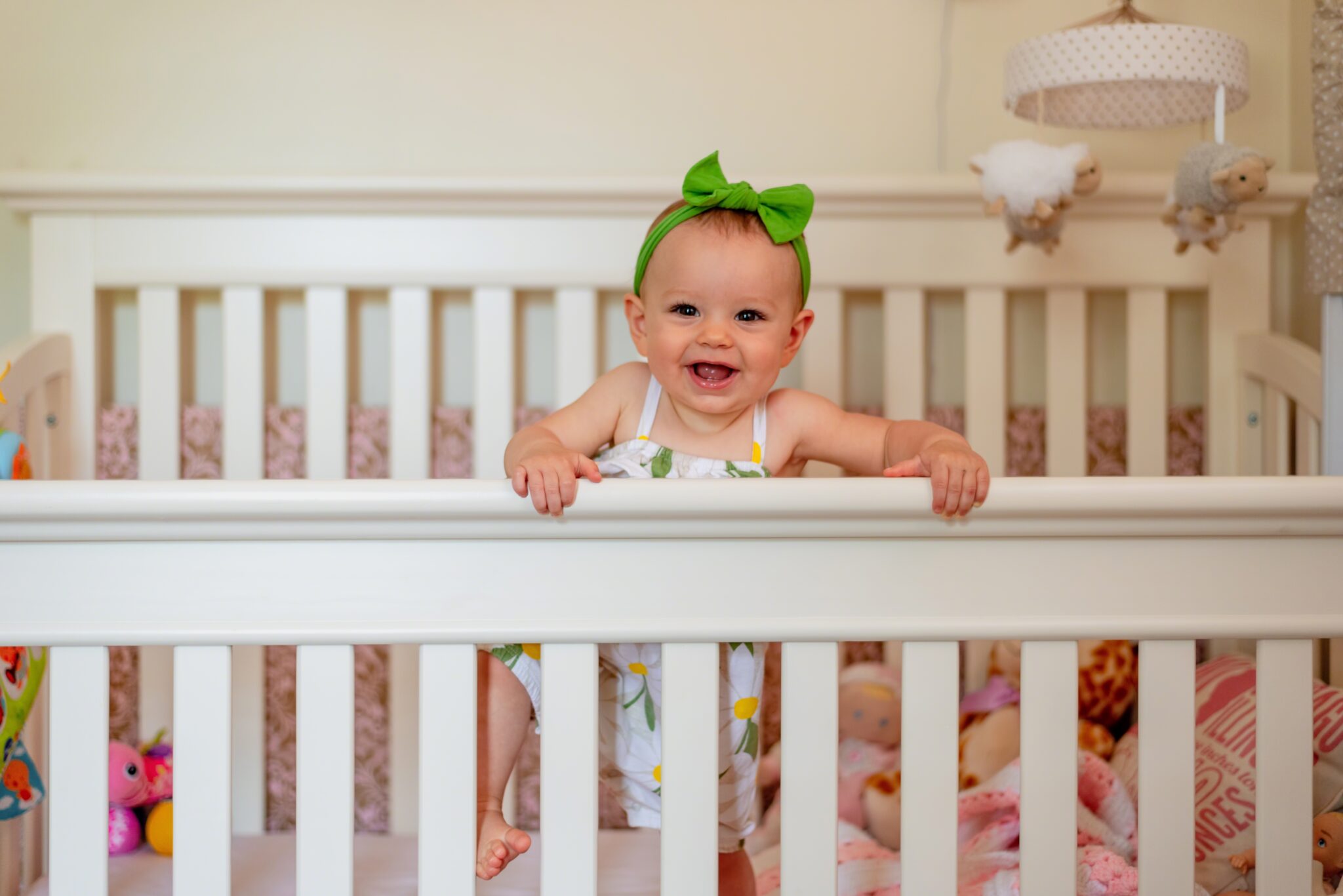
First and foremost, the size is the most obvious difference between a crib and a twin mattress . A crib mattress is designed specifically for infants and toddlers, measuring around 27 inches by 52 inches. On the other hand, a twin mattress is much larger, measuring around 39 inches by 75 inches. This size difference is important to consider as your child grows and their sleeping needs change.
Besides size, the firmness of the mattress is another key difference between a crib and a twin mattress. Crib mattresses are designed to be extra firm for the safety of infants, while twin mattresses typically have a softer feel. This is because as children grow, they require more support from their mattress for proper spine alignment.
The lifespan of the mattress is also something to consider when deciding between a crib and a twin mattress. Crib mattresses are designed to be used for a shorter period of time, usually around 2-3 years, while twin mattresses can last for several years. This means that investing in a good quality twin mattress can save you money in the long run.
The materials used in the mattresses also differ . Crib mattresses are typically made with materials that are safe for infants, such as organic cotton or foam. Twin mattresses, on the other hand, offer a wider range of materials to choose from, including memory foam, innerspring, and hybrid options. This allows you to choose a mattress that best fits your child's needs and preferences.
In terms of versatility , a twin mattress offers more options than a crib mattress. Once your child outgrows their crib, you will need to purchase a new bed to accommodate their size. With a twin mattress, you can easily transition from a toddler bed to a regular twin bed, saving you time and money in the long run.
When it comes to cost , a crib mattress is typically less expensive than a twin mattress. However, as mentioned earlier, a twin mattress has a longer lifespan, making it a more cost-effective option in the long run.
In conclusion, choosing between a crib and a twin mattress ultimately depends on your child's age, size, and sleeping needs . A crib mattress is a great option for infants and toddlers, while a twin mattress offers more versatility and longevity. It's important to carefully consider these differences and choose a mattress that will provide your child with a comfortable and safe sleeping environment.
HTML Code:
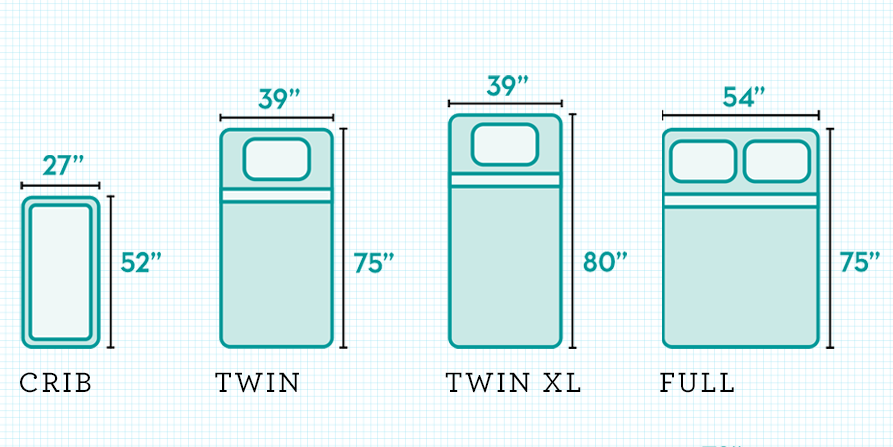 <h2>The Difference Between Crib and Twin Mattresses</h2>
<h3>Choosing the right mattress for your child's bedroom can be a daunting task, especially when faced with the decision between a crib and a twin mattress. While both options may seem similar, there are some key differences that can influence your decision. Let's take a closer look at the differences between crib and twin mattresses.</h3>
<p>First and foremost, <b>the size is the most obvious difference between a crib and a twin mattress</b>. A crib mattress is designed specifically for infants and toddlers, measuring around 27 inches by 52 inches. On the other hand, a twin mattress is much larger, measuring around 39 inches by 75 inches. This size difference is important to consider as your child grows and their sleeping needs change.</p>
<p>Besides size, <b>the firmness of the mattress is another key difference</b> between a crib and a twin mattress. Crib mattresses are designed to be extra firm for the safety of infants, while twin mattresses typically have a softer feel. This is because as children grow, they require more support from their mattress for proper spine alignment.</p>
<p><b>The lifespan of the mattress is also something to consider</b> when deciding between a crib and a twin mattress. Crib mattresses are designed to be used for a shorter period of time, usually around 2-3 years, while twin mattresses can last for several years. This means that investing in a good quality twin mattress can save you money in the long run.</p>
<p><b>
<h2>The Difference Between Crib and Twin Mattresses</h2>
<h3>Choosing the right mattress for your child's bedroom can be a daunting task, especially when faced with the decision between a crib and a twin mattress. While both options may seem similar, there are some key differences that can influence your decision. Let's take a closer look at the differences between crib and twin mattresses.</h3>
<p>First and foremost, <b>the size is the most obvious difference between a crib and a twin mattress</b>. A crib mattress is designed specifically for infants and toddlers, measuring around 27 inches by 52 inches. On the other hand, a twin mattress is much larger, measuring around 39 inches by 75 inches. This size difference is important to consider as your child grows and their sleeping needs change.</p>
<p>Besides size, <b>the firmness of the mattress is another key difference</b> between a crib and a twin mattress. Crib mattresses are designed to be extra firm for the safety of infants, while twin mattresses typically have a softer feel. This is because as children grow, they require more support from their mattress for proper spine alignment.</p>
<p><b>The lifespan of the mattress is also something to consider</b> when deciding between a crib and a twin mattress. Crib mattresses are designed to be used for a shorter period of time, usually around 2-3 years, while twin mattresses can last for several years. This means that investing in a good quality twin mattress can save you money in the long run.</p>
<p><b>


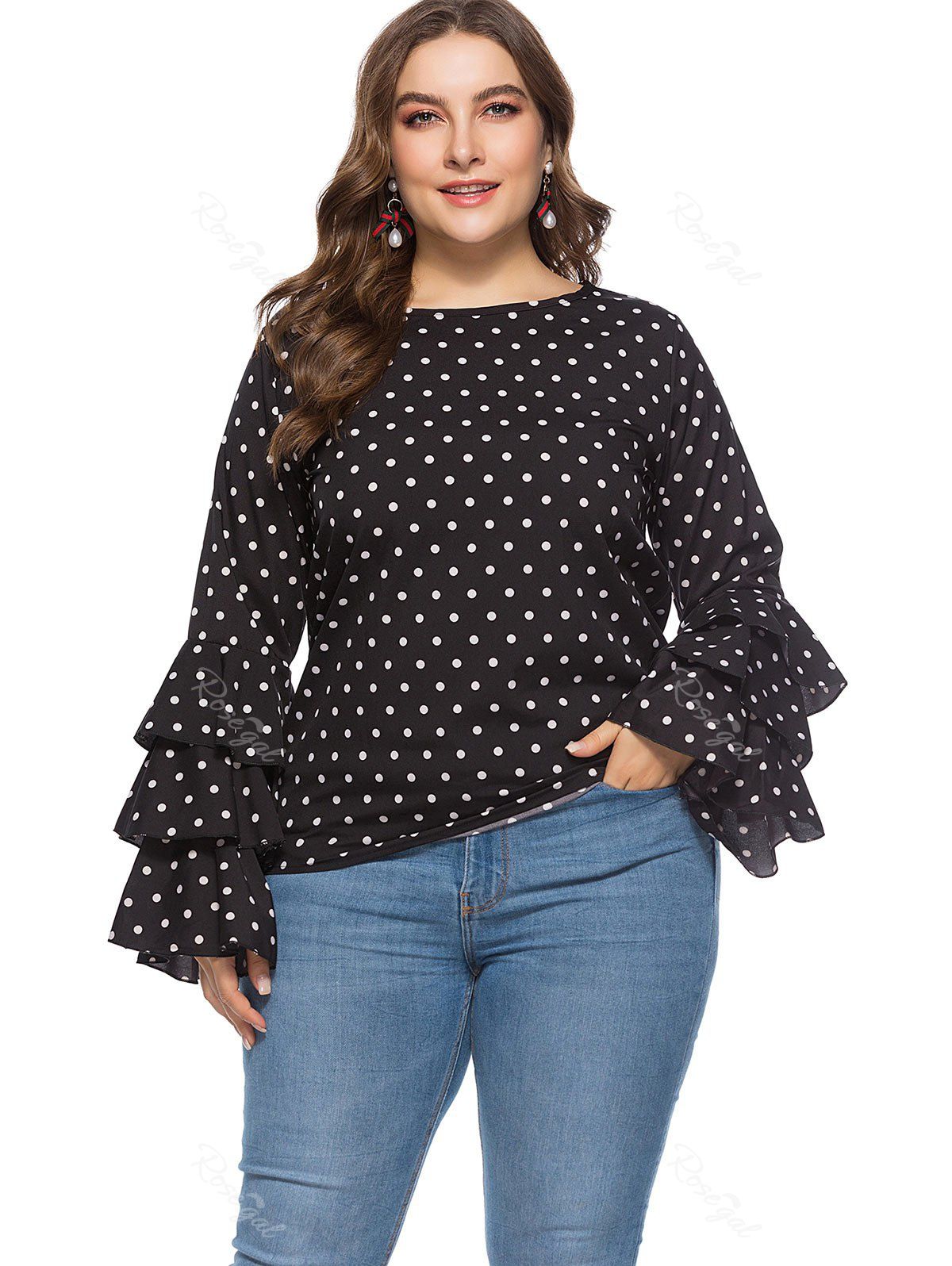


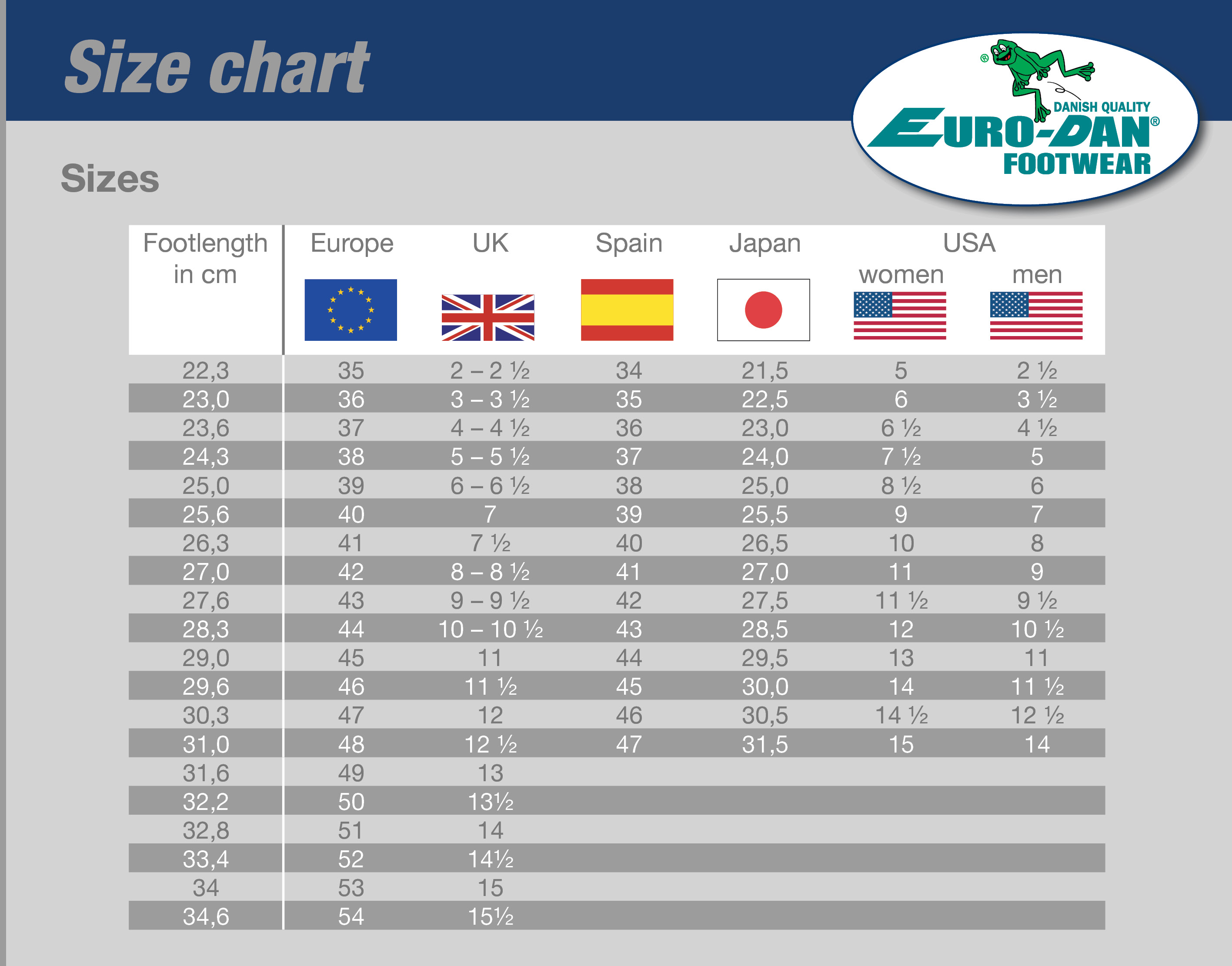
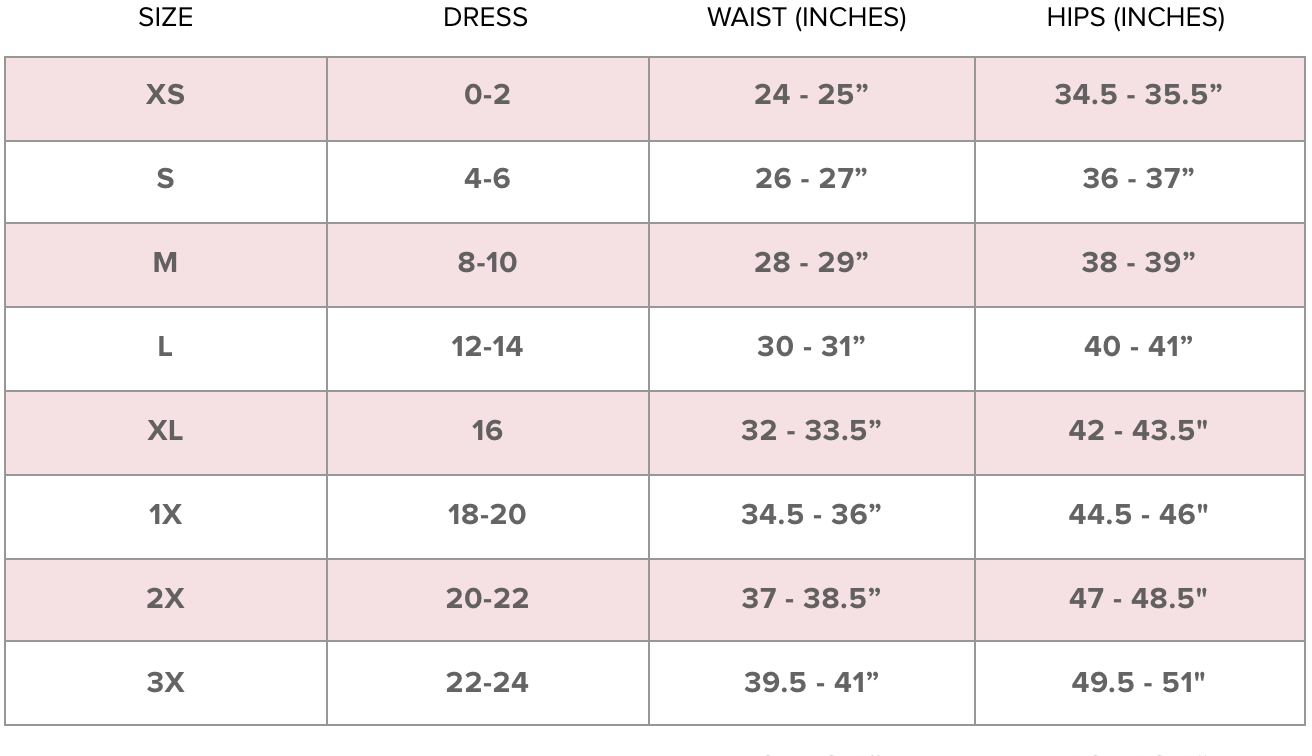


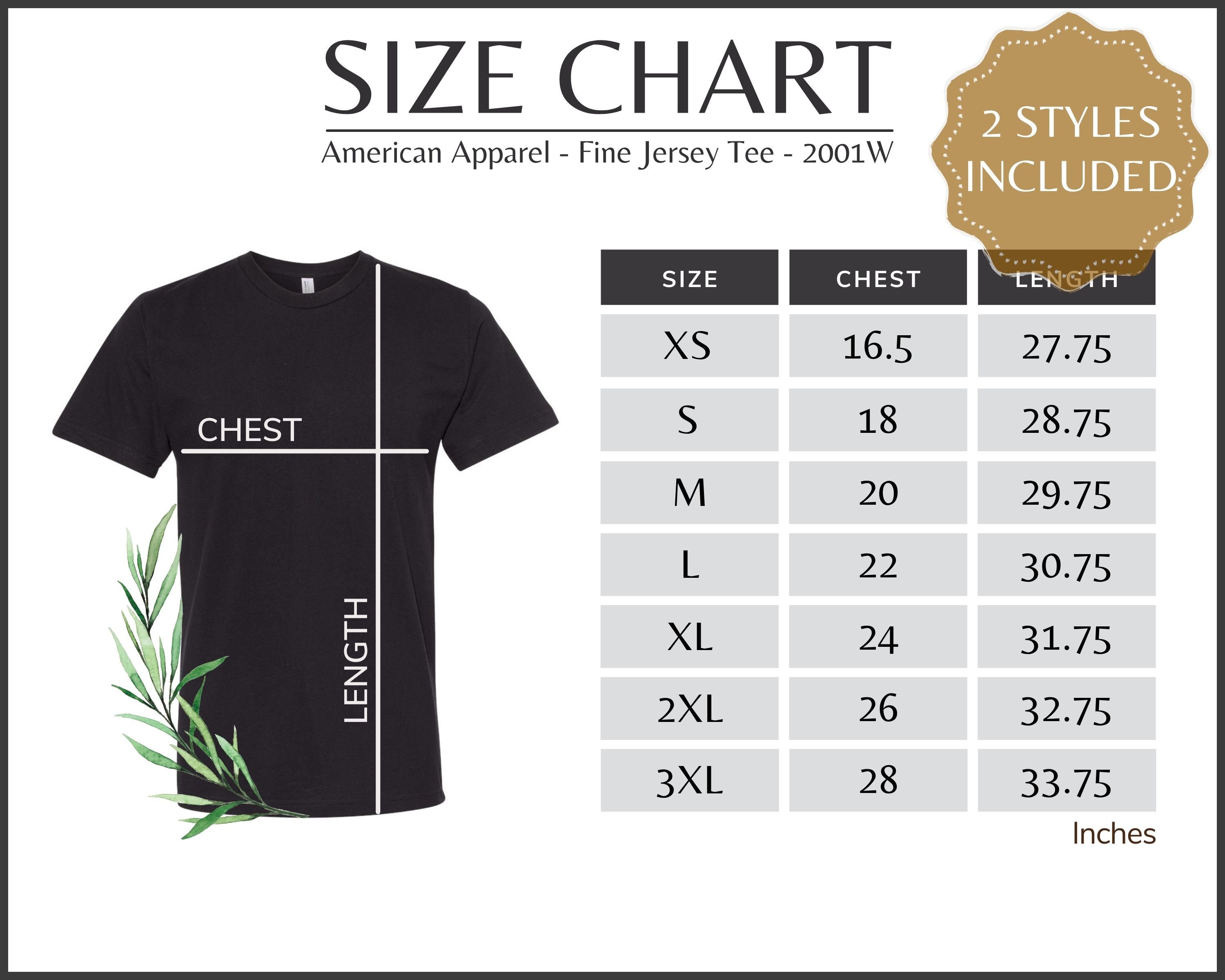


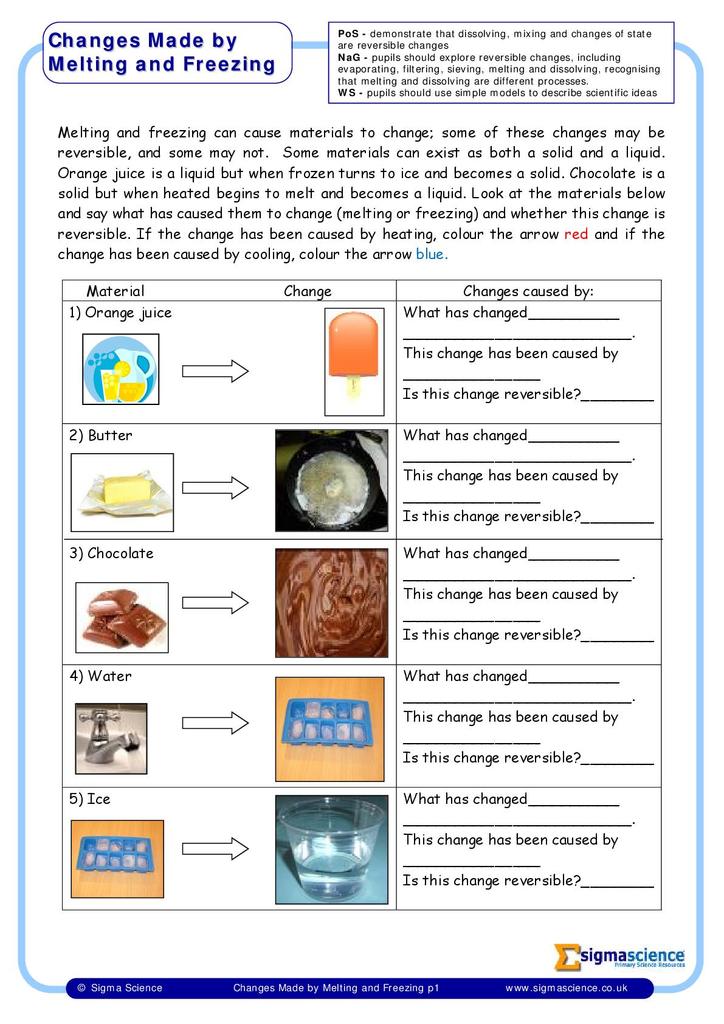










.jpg)
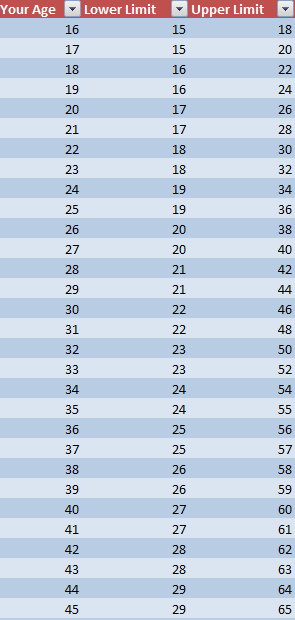





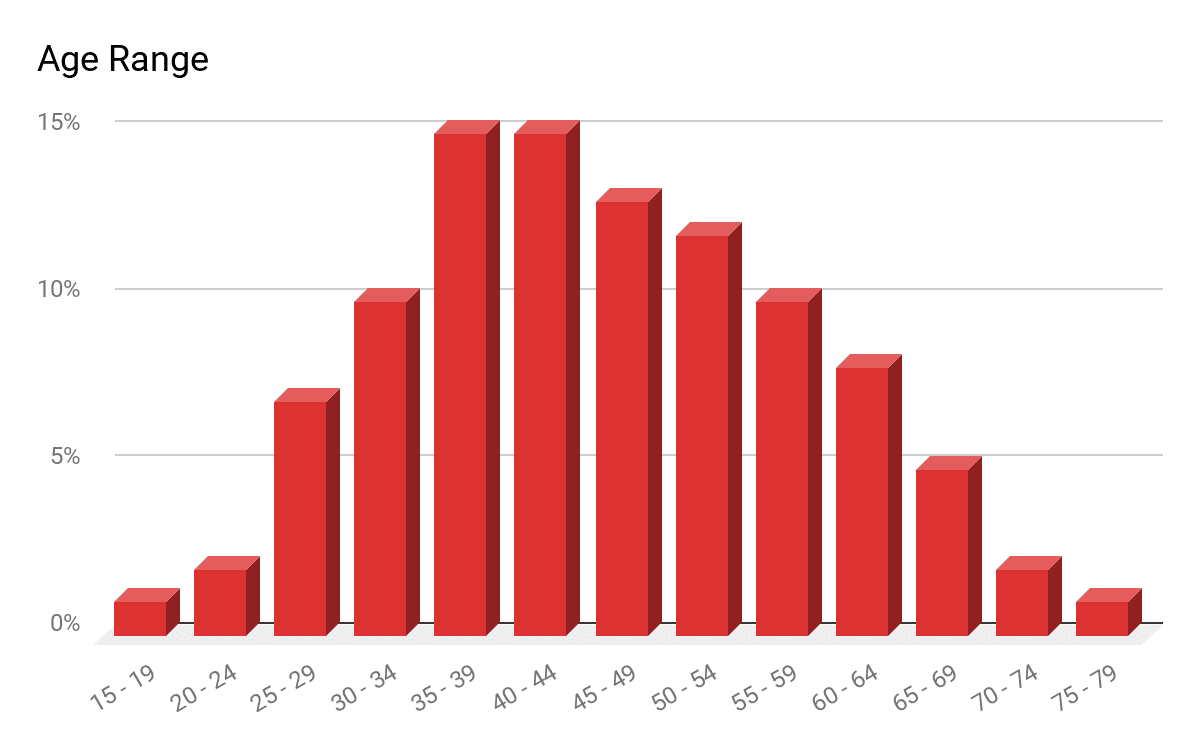

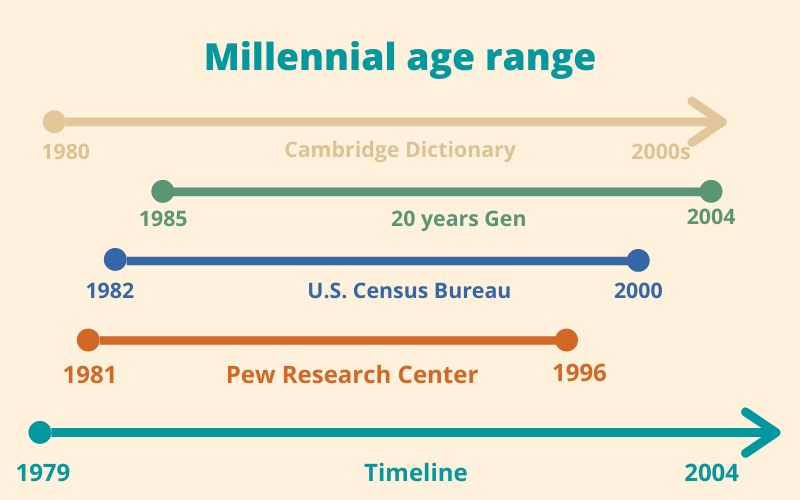

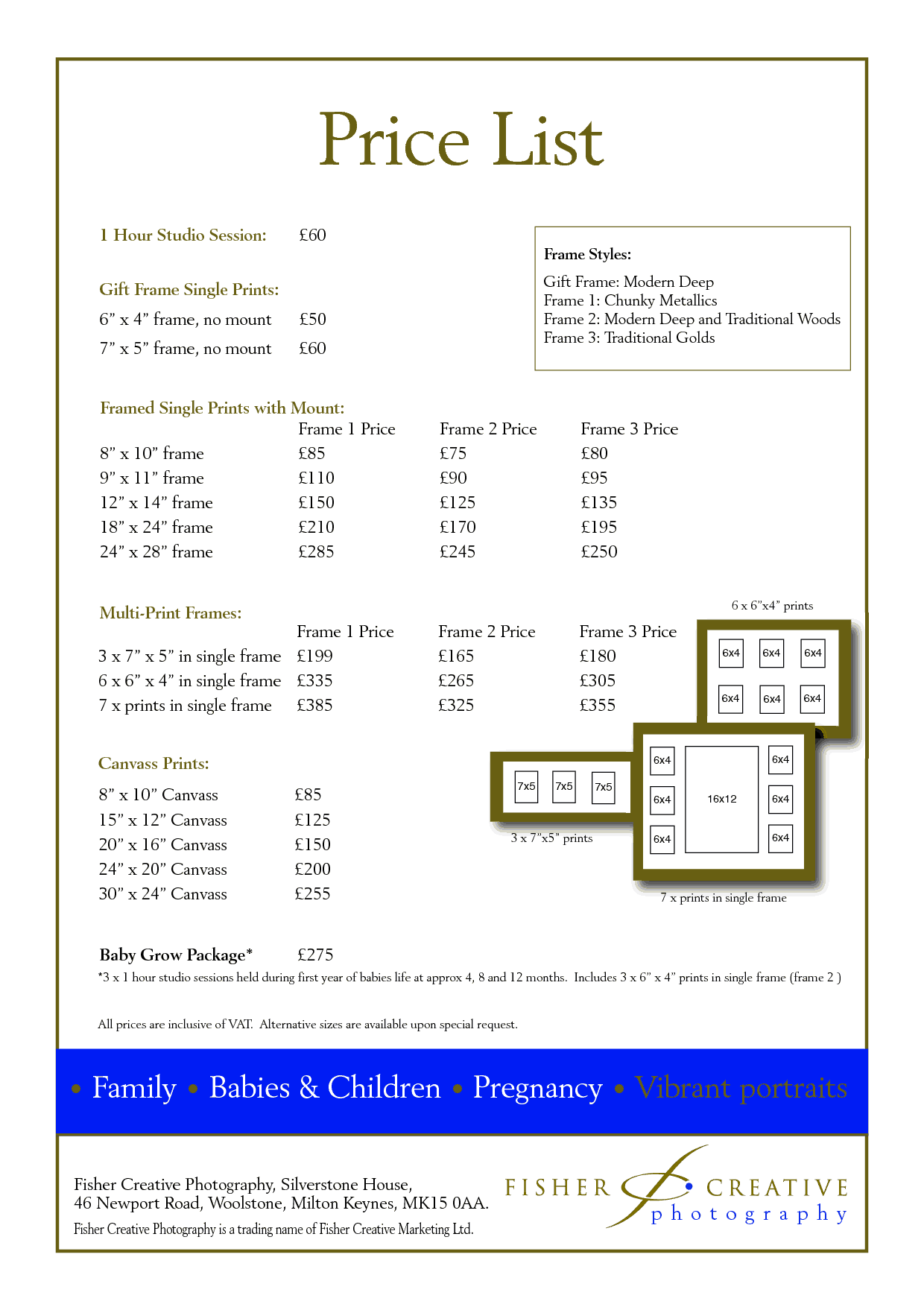








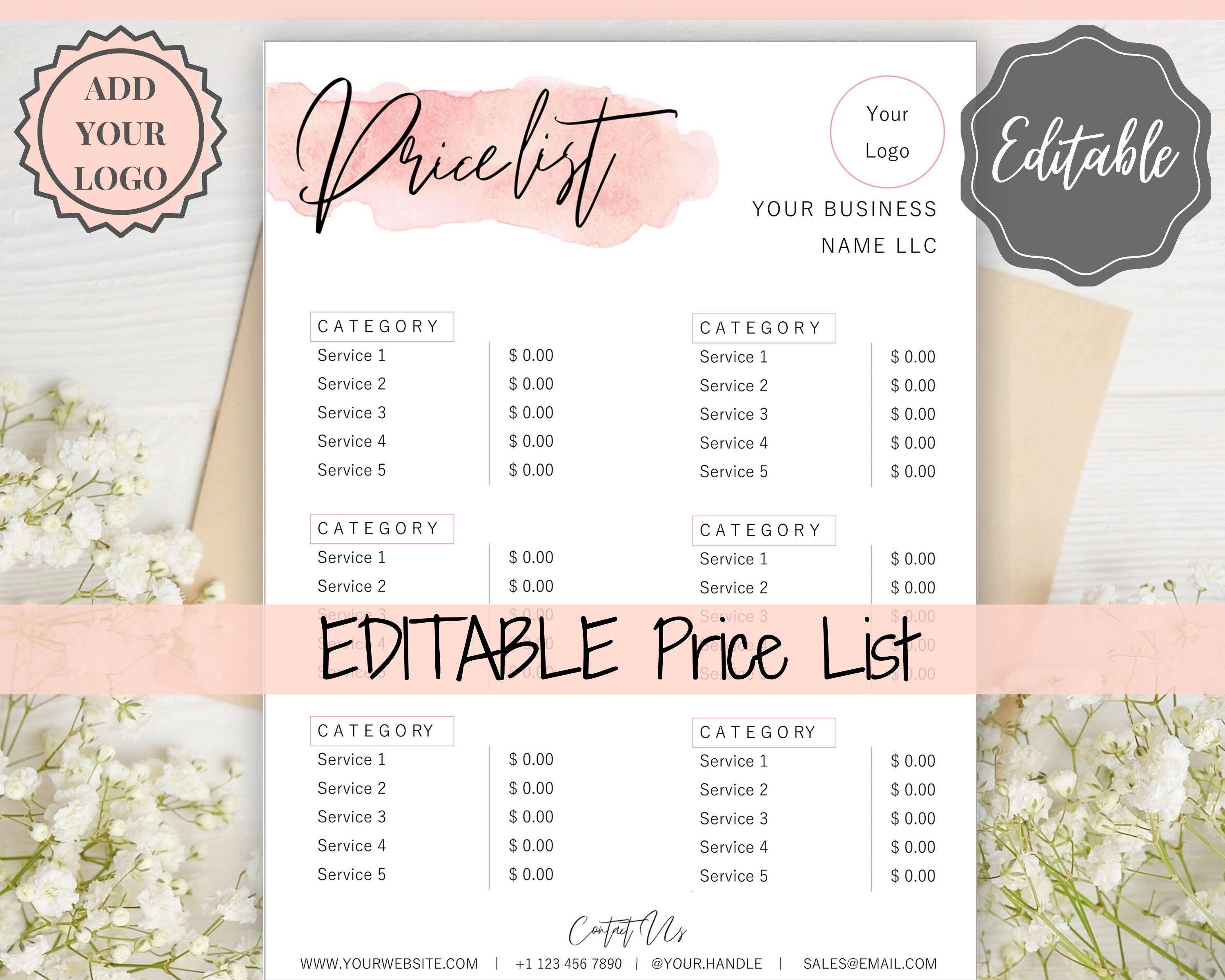






/GettyImages-958875078-f31a14206fdc4227bf48f6783f3f8d4d.jpg)









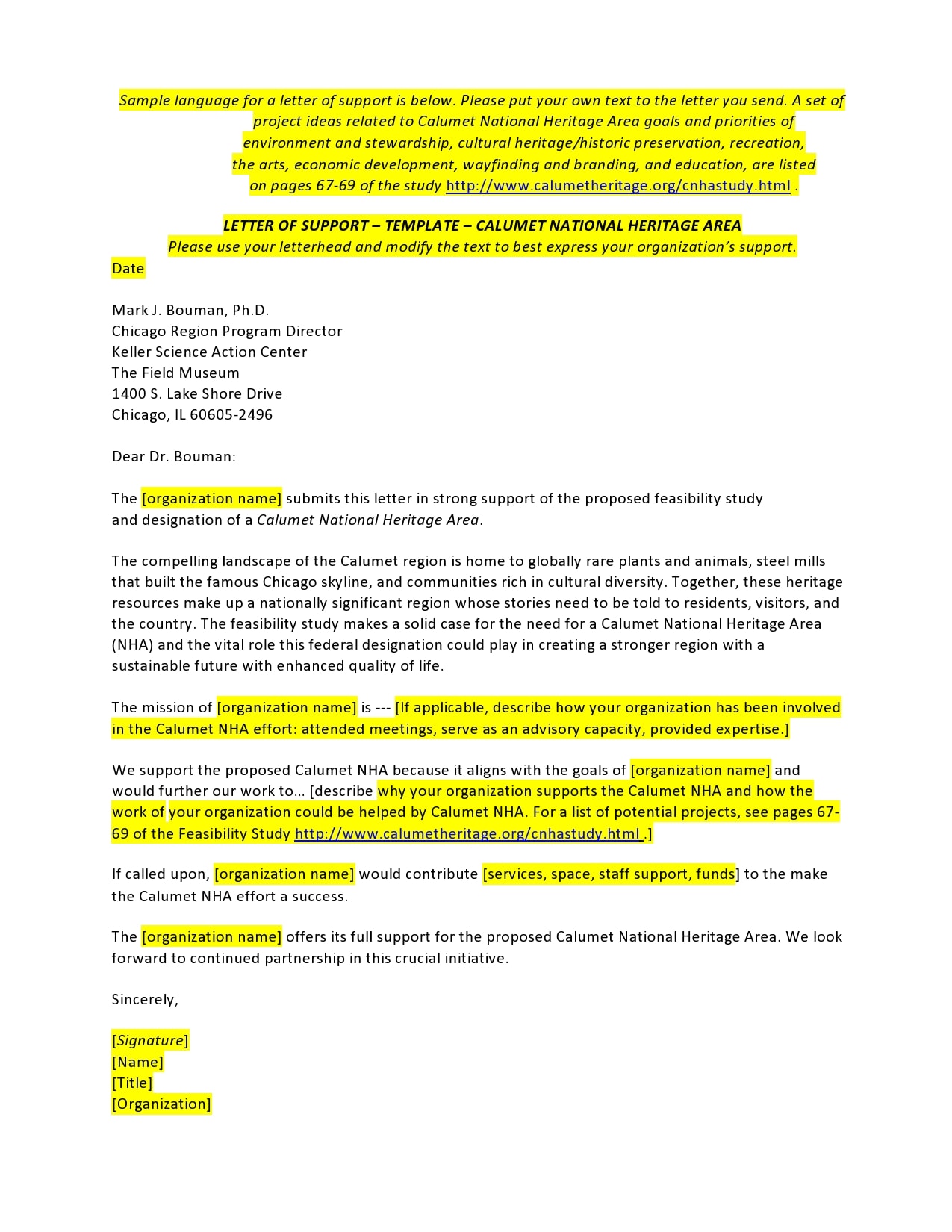











/uses-for-hydrogen-peroxide-1389045_final-01-a351e93cc1a9461bb7ff228f3b0ef43d.png)


/GettyImages-186883675-58defd1a5f9b58ef7eebf11f.jpg)






